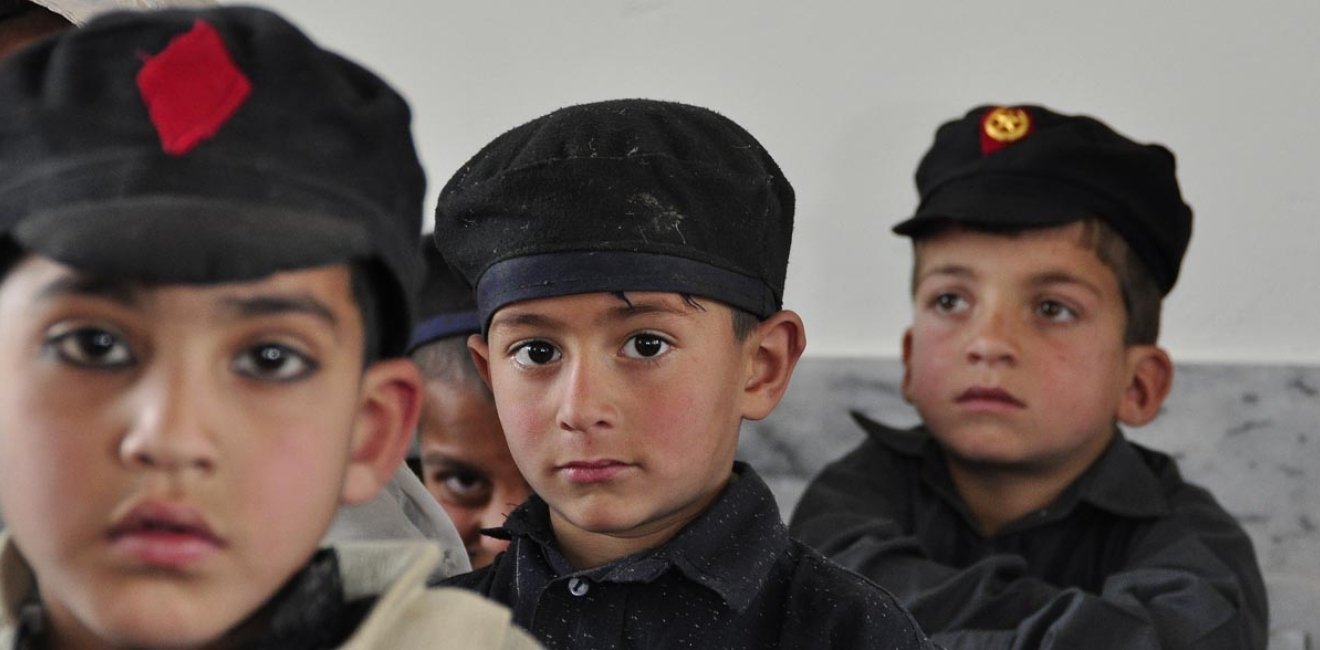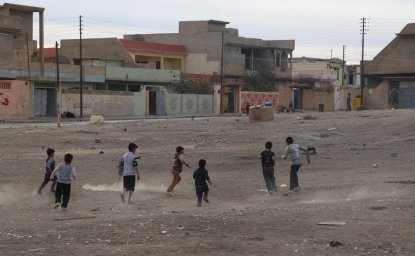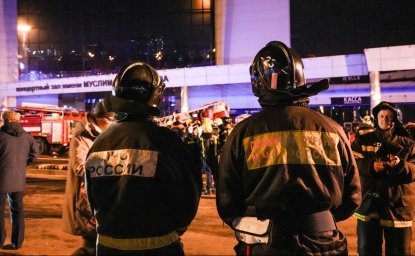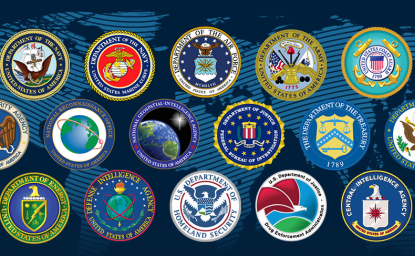If ISIS can strike in Paris, then it can surely strike in Paktika or Peshawar—parts of the world with entrenched, enabling environments for extremists. It was in this region, before the post-9/11 U.S.-led military intervention in Afghanistan and before the drone war in Pakistan, where the biggest and baddest international terror groups enjoyed safe havens.
Already, ISIS has announced its formal expansion into what it describes as “Khorasan”—a region encompassing Afghanistan and Pakistan. ISIS also claimed responsibility for a deadly attack on Shia Ismailis, a religious minority, in Pakistan last May. In recent months, in Afghanistan’s Nangarhar province, several hundred disaffected Taliban militants, unhappy about their organization’s infighting and demoralized by the death of Taliban supreme leader Mullah Omar, have defected to ISIS. Meanwhile, according to security analysts, the Pakistani terror group Lashkar-e-Jhangvi—like ISIS, a vicious Sunni Muslim sectarian jihadist outfit—has dispatched members to fight alongside ISIS in Iraq.
Additionally, ISIS appears to be making direct appeals to Pakistanis in its recruitment pitches. In its proposed prisoner exchanges, it has invoked the name of Aafia Siddiqui, a Pakistani woman imprisoned on terror charges in Texas. Although Siddiqui is unknown in most countries, including in much of the Muslim world, she is a cause célèbre in Pakistan.
What has been lacking until now are deep, formal links between ISIS central operations in Syria and Iraq and ISIS-aligned fighters in Pakistan and Afghanistan. However, with ISIS now actively expanding its global profile, the group could seek to bring more strategic direction—as well as arms, money, and manpower—to those ISIS-aligned fighters in the region.
But here is the good news: ISIS will struggle mightily to make major inroads in the Afghanistan-Pakistan region, and it certainly will not be in a position to seize large expanses of territory. There is little chance that ISIS can do in Pakistan and Afghanistan what it has done in Iraq and Syria.
There is little chance that ISIS can do in Pakistan and Afghanistan what it has done in Iraq and Syria.
Consider, first of all, that sectarian divides—which helped fueled the rise and expansion of ISIS in Syria and Iraq—are not nearly as sharp or violent in Pakistan and Afghanistan. Pakistan and Afghanistan do experience alarming levels of attacks on religious minorities, but these conflicts pale in comparison to the sectarian violence in Syria and Iraq. Additionally, governance is not nearly as sectarian in nature. Say what you will about the Pakistani and Afghan governments, but they do not run virtual sectarian dictatorships, as former Iraqi prime minister Nouri al-Maliki did for several years.
Consider as well that most militant groups in Afghanistan and Pakistan are aligned with al-Qaeda, ISIS’s rival. Al-Qaeda retains a sizable operational presence in Pakistan and Afghanistan, contrary to President Obama’s infamous claim last year that al-Qaeda central has been reduced to a “jayvee” squad of militants. Recall the recent revelation that last month, U.S. forces had come across—and destroyed—what may have been the largest-ever al-Qaeda training camp in Afghanistan. And in 2014, al-Qaeda announced the formation of a new affiliate in South Asia.
Most South Asian militant groups—including al-Qaeda—had expressed their firm allegiance to Mullah Omar, and regarded him as the Amir-ul-Momineen, or “Commander of the Faithful.” When ISIS leader Abu Bakr al-Baghdadi first boasted of his caliphate last year, militants in Pakistan and Afghanistan reacted angrily and renewed their allegiance to Omar. Significantly, al-Qaeda leader Ayman al-Zawahiri quickly asserted his allegiance to Omar’s successor, Mullah Mansoor.
One more feature of the Afghanistan-Pakistan militant environment that puts ISIS at odds with South Asian jihadists is sect. ISIS is Salafist, and rejects the legitimacy of other sects of Sunni Islam—including Deobandism, the sect of most South Asian militant outfits. This all makes for a hostile militant milieu for ISIS. It would not be welcomed with open arms.
Finally, in Afghanistan and especially Pakistan, security forces are determined to preempt any potential ISIS advances. Pakistan’s powerful military may nurture ties with select militant groups, but it wants nothing to do with ISIS. Afghanistan’s army is not nearly as powerful as Pakistan’s, though President Obama’s decision to halt the U.S. troop withdrawal ensures a supportive American counterterrorism presence at least through 2017. This year, U.S. drone strikes killed ISIS’s top two representatives (former Taliban leaders appointed by ISIS central) in Afghanistan.
The bottom line is that ISIS will not extend its caliphate deep into Afghanistan and Pakistan. In these countries, ISIS is much more likely to blow up territory than to seize it. This problem is bad enough—and not dissimilar to what the future may hold for Europe and even the United States—but it is nothing resembling what ISIS has done in Syria and Iraq.
Could the calculus change? Unfortunately, yes. A nightmare scenario is that Baghdadi dies, and al-Zawahiri seeks—and successfully achieves—reconciliation with ISIS. This is a perfectly plausible scenario. Baghdadi could well be blown away in an airstrike, and Zawahiri—who has explored reconciliation previously—could well extend an olive branch.
There is nothing more terrifying than the prospect of a reunited al-Qaeda and ISIS. In Afghanistan and Pakistan, this would generate all kinds of cooperative opportunities with the region’s many militant groups—and establish a formidable tag-team jihadist juggernaut.
Still, for now, we can be assured that ISIS will not be flying its flags across great expanses of Afghan and Pakistani territory—and yet the chances of ISIS-sponsored terror strikes in Afghanistan and Pakistan are high. This is a troubling thought for Afghans already suffering through a revitalized Taliban insurgency, and for violence-ravaged Pakistanis enjoying a rare respite from terror attacks amid a robust army countermilitancy offensive in the country’s tribal belt. It is also a troubling thought for the world as a whole, as one of the most fearsome terror groups in decades continues to extend its murderous tentacles far and wide.
The opinions expressed here are solely those of the author.






